Honouring the past, protecting the future: the gardens at Badminton House
Kathryn Bradley-Hole traces the story of the gardens in the past 40 years with its ingenious designs by Russell Page and François Goffinet.

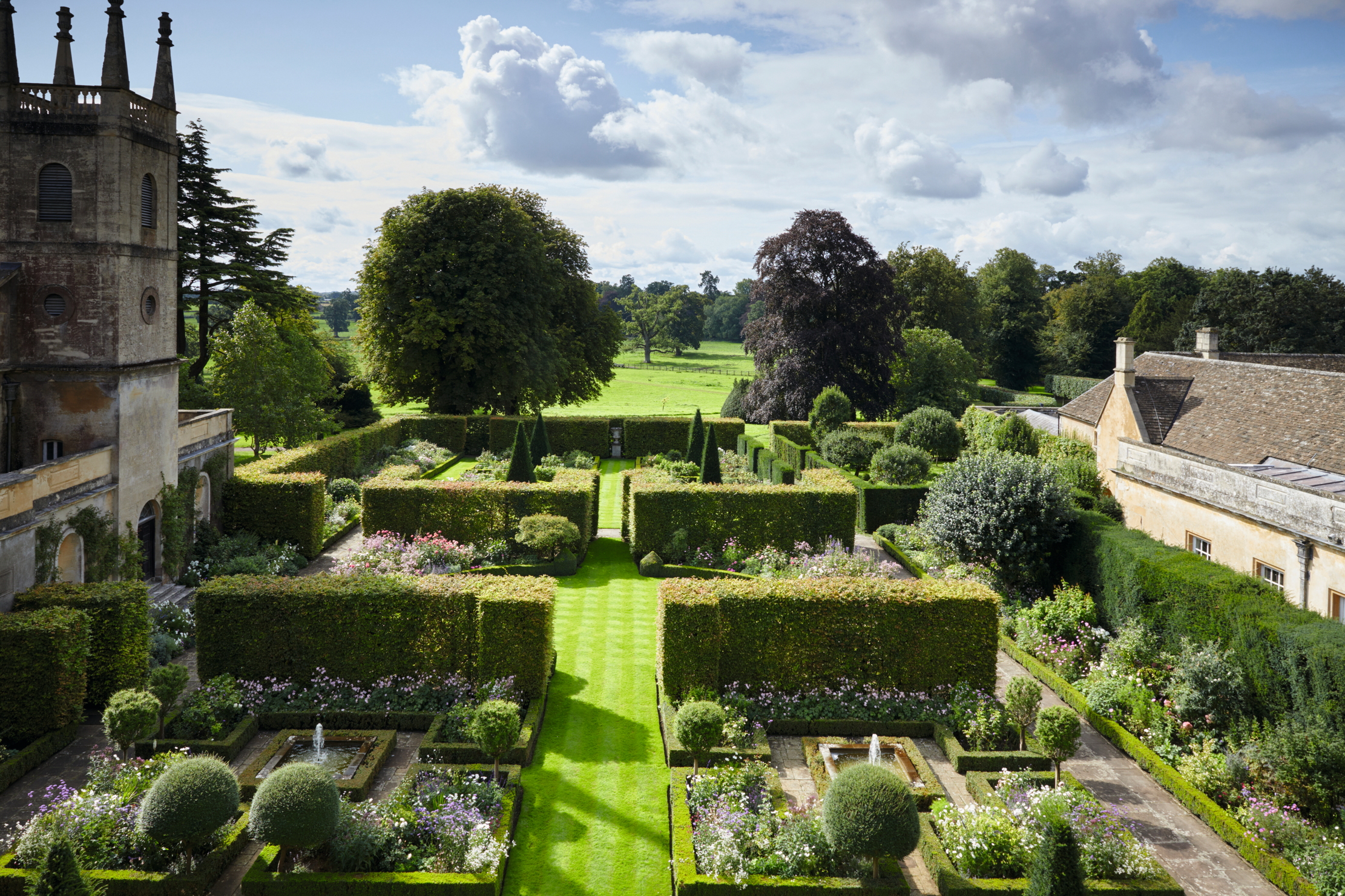
If you take the main road from Tetbury, watch out for a kink in the road and a gap between the trees on the left, shortly after Didmarton village. Suddenly, a light and airy, four-storey neo-Classical confection appears, flanked by pyramid-roofed pavilions. This is Worcester Lodge, an enchanting parkland building, created by William Kent in 1746 and set on the northern edge of the vast Badminton estate. It marks the start of an arrow-straight, three-mile grass avenue that terminates at Badminton House itself and the renowned gardens that were created only within the past 40 years.
Russell Page (1906–85) is a name known to all serious garden enthusiasts. One of the most influential designers of the 20th century, his classic gardening memoir, The Education of a Gardener (first published in 1962 and still in print), has been required reading for generations. When David Somerset, 11th Duke of Beaufort (1928–2017), and his wife, Caroline, succeeded to the family titles and estates in 1984, they invited Page to Badminton to breathe new life into the grounds next to the house. The designer sketched ideas for the east side on the back of an envelope and some alternative rudimentary sketches are held in the Page archive at the Garden Museum, in London.
Alas, Page died shortly after, but the Duke and Duchess carried out his restrained and sympathetic ‘envelope’ design. It preserves a long vista from the house, down the eastern avenue, with fine parkland trees. Page arranged discreet, mirror-image small gardens off to the left and right, adjoining the house, like the wings of a stage, creating the human pleasures of elegant conservatories, terraces for outdoor seating and box-edged planting beds.
The far more extensive and detailed South Garden could easily be mistaken for Page’s formal work, with its symmetrical arrangements of rectangular, box-edged beds, paired fountains and ordered progression of spaces, separated by crisp walls of hornbeam. This was the work of Belgian landscape designer François Goffinet, engaged by the Duke and Duchess in 1990. His elegant treatment of the potentially difficult area, enclosed by buildings on three sides, enables a succession of seasonal flowers to erupt with colourful abandonment, within a plan of disciplined geometry. Almost monastic in its privacy and enclosure, it is a brilliant contrast to the magnificent beech, lime, chestnut and oak trees growing freely in the great park beyond.
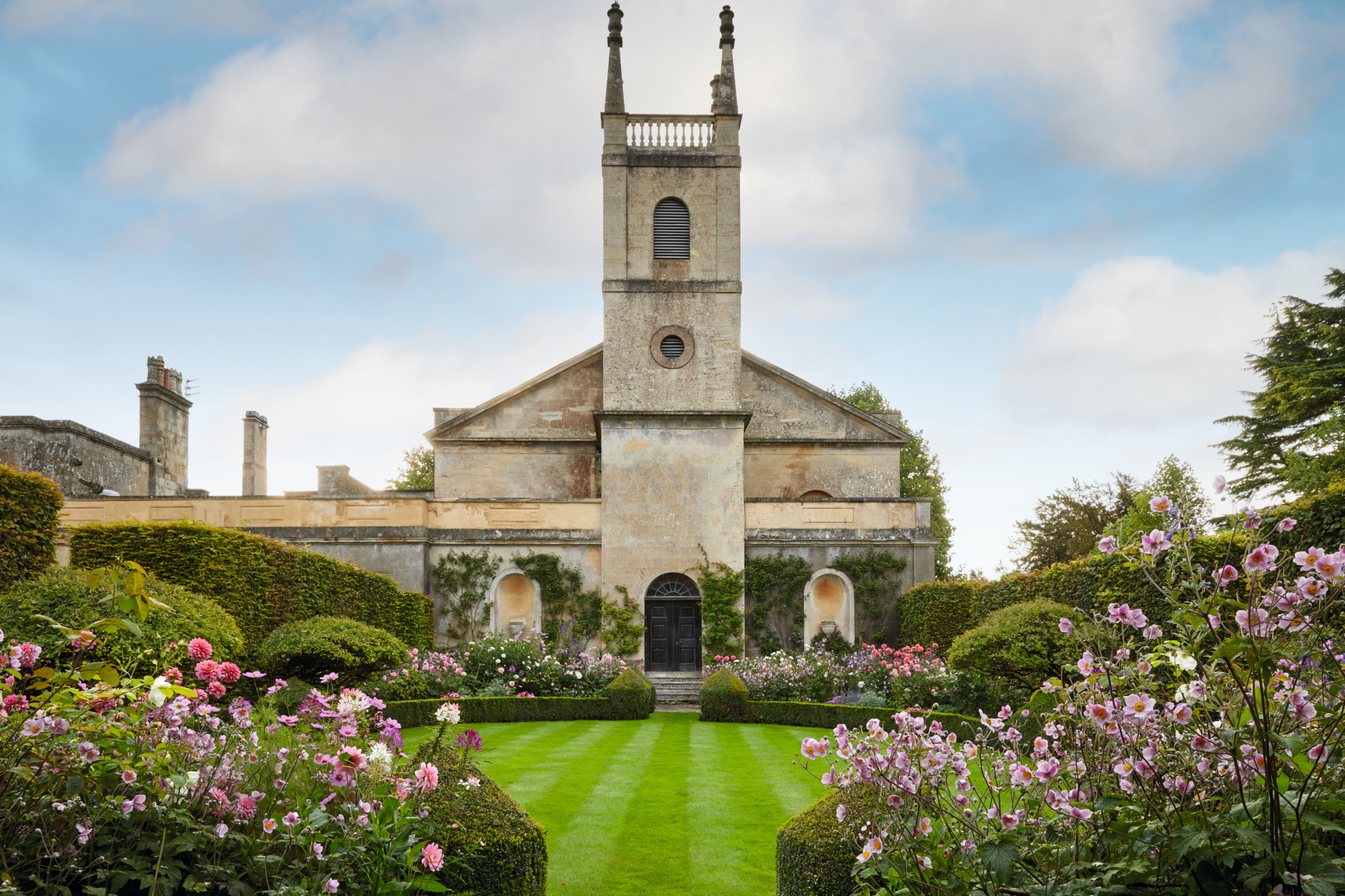
Duchess Caroline, who died in 1995, was a keen and instinctive gardener, as is the Dowager Duchess, Miranda Somerset, who married the 11th Duke in 2000 and enhanced the gardens with her detailed knowledge of plants. In 2018, Henry (Harry) Somerset, the 12th Duke, married Georgia Powell, and took over the estate. Over the past six years, the Duchess, formerly a classicist and journalist (for some years, she worked for the admired Obituaries page of The Daily Telegraph) has been getting to grips with the Badminton gardens, which she describes as ‘a project’.
‘I had a little bit of knowledge, due to having a cottage garden I’d inherited,’ she says. ‘But, at first, I was so daunted by the scale and the heritage of the garden. I’ve had to learn from the wonderful gardeners here and I’m still learning, of course; they know so much.’
Our tour begins in the South Garden, with its hedged compartments. Spring is chiefly devoted to thousands of tulips, arranged in carefully orchestrated colour themes. By early summer, the pinks and crimsons of roses such as ‘Queen of Denmark’ and ‘Charles de Mills’ are complemented by classic flowers in pastel colours, including cranesbills, campanulas, lupins and columbine. Later on, extrovert herbaceous plants take a more prominent role, especially cosmos, dahlias, anemones, cleome and phlox.
Exquisite houses, the beauty of Nature, and how to get the most from your life, straight to your inbox.
An adjacent, enclosed area — almost a secret garden — becomes a flowery mead in spring, when small narcissi, scattered tulips in many colours and snake’s-head fritillaries erupt out of the grass. ‘It was started by Harry’s stepmother, Miranda,’ explains the Duchess. ‘We’ve taken the naturalised bulbs further out, into part of the Pleasure Grounds, among the trees. I like it when the tulips come back a little bit feebler in subsequent years and have a miniature, slightly more attractive effect.’
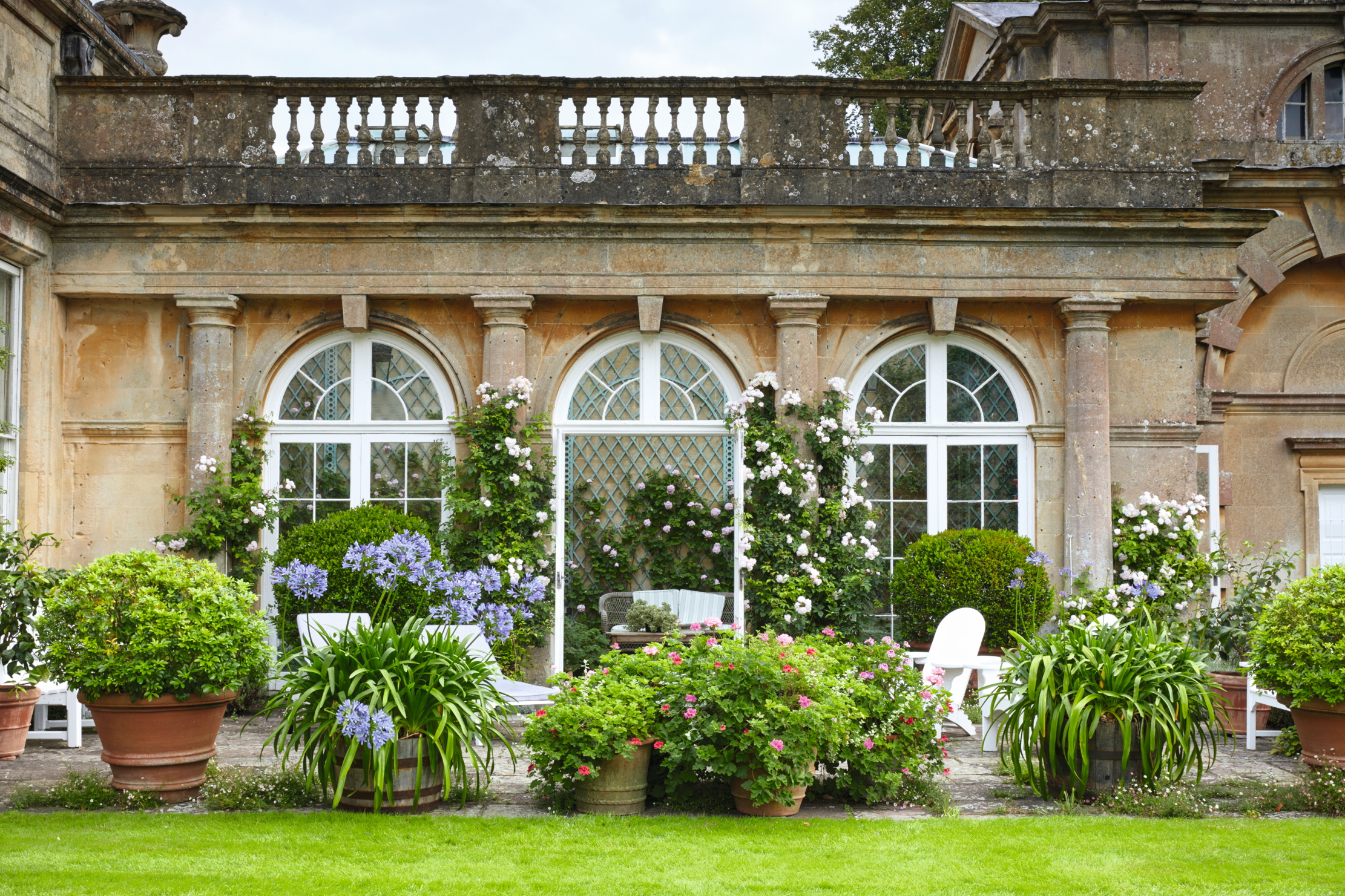
On the edge of the Pleasure Grounds, a circular swimming pool lies near a fine orangery and a long terrace for loungers, where large pots of azure agapanthus bloom in front of shaggy wisterias clothing the orangery exterior.
A stroll among the trees leads to Page’s work on the east side, where the twin conservatories are worth exploring for their pelargoniums, including numerous scented-leaf species. The enthusiastically climbing, late-19th-century pelargonium ‘Millfield Gem’ has pride of place. Its shell-pink blooms cascade down the walls of both conservatories. ‘People think it’s a rose, from a distance,’ explains the Duchess. Indeed, its soft pastel colouring is echoed outdoors, where stone columns at the doors are clothed in ‘Blush Noisette’ roses.
One senses the Duchess has a particular fondness for the impeccable walled garden, lying some way from the house. ‘This really was a project and a half. My dad used to say it’s important to have one and it became a real project in lockdown for me, because our needs had changed from those of past generations.’
Effort is now made to produce year-round vegetables, salads and fruit. The cutting garden is extensive. ‘Initially, I had a sort of taste caution — which I have now definitely thrown to the wind — and I look for brighter colours, particularly in tulips and dahlias. What I want from the walled garden are interesting salad leaves, the most tasty tomatoes, different-coloured beans, delicious strawberries. In late July and August, we are up to about 95% fresh produce from the walled garden and I have tried to make it almost 100% year-round for cut flowers, with potted bulbs in the winter.’
Over the past six years, the Duchess has got the measure of her new home. ‘One thing about being a classicist is that you’re honouring the past all the time. Sometimes, it makes you cautious about trying new things, because I always think others knew better, and they probably did. But as I got a bit braver with the garden, I felt able to tackle the house — a whole new area of learning. Another Forth Bridge!’
The gardens of Badminton House, Gloucestershire, open three days a year and by appointment; the next open day is September 8
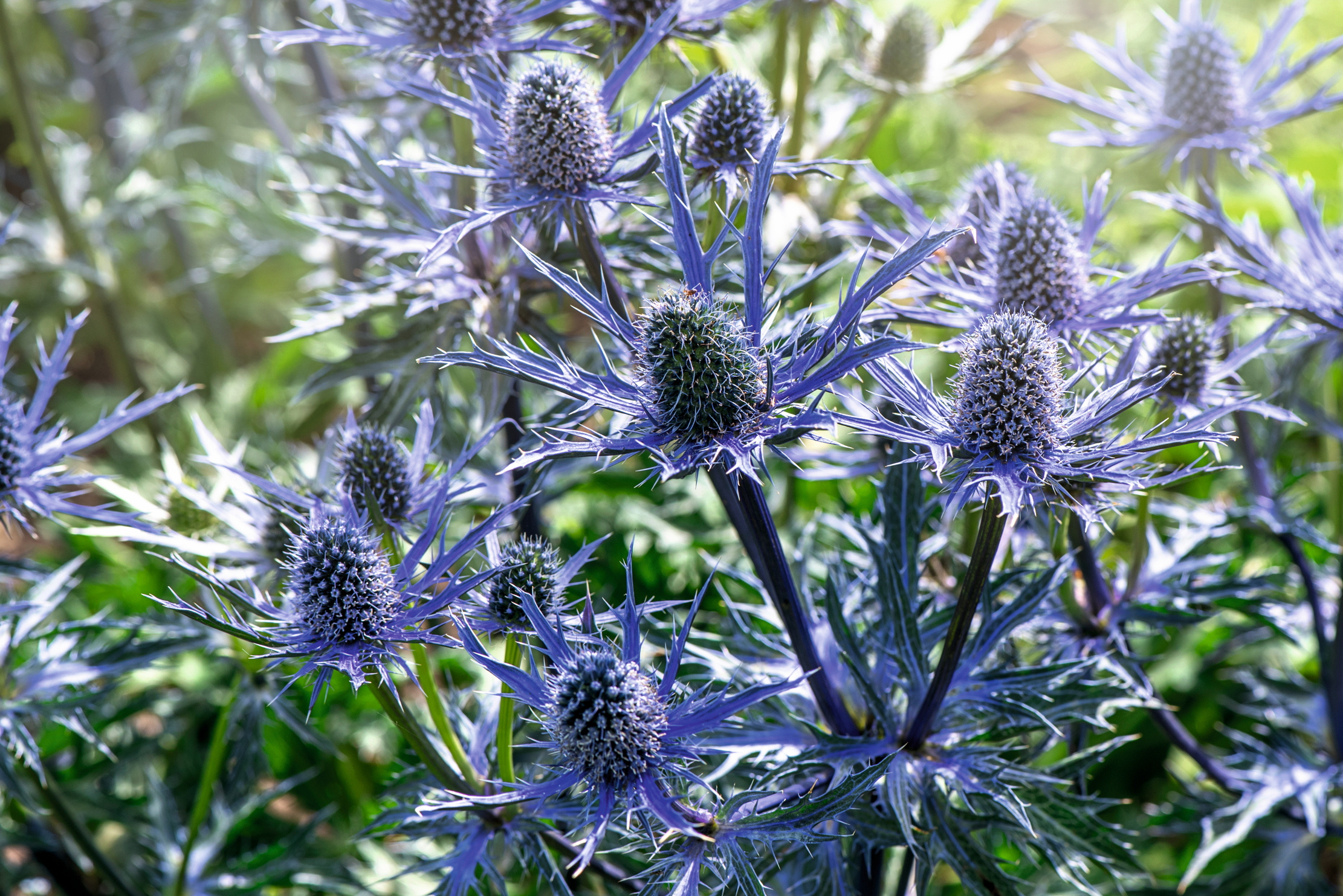
The year of the umbellifer: the glorious plant jesters thriving in the summer rain
Perhaps a bit prickly, these plants are loved by bumblebees and make a great splash of colour.
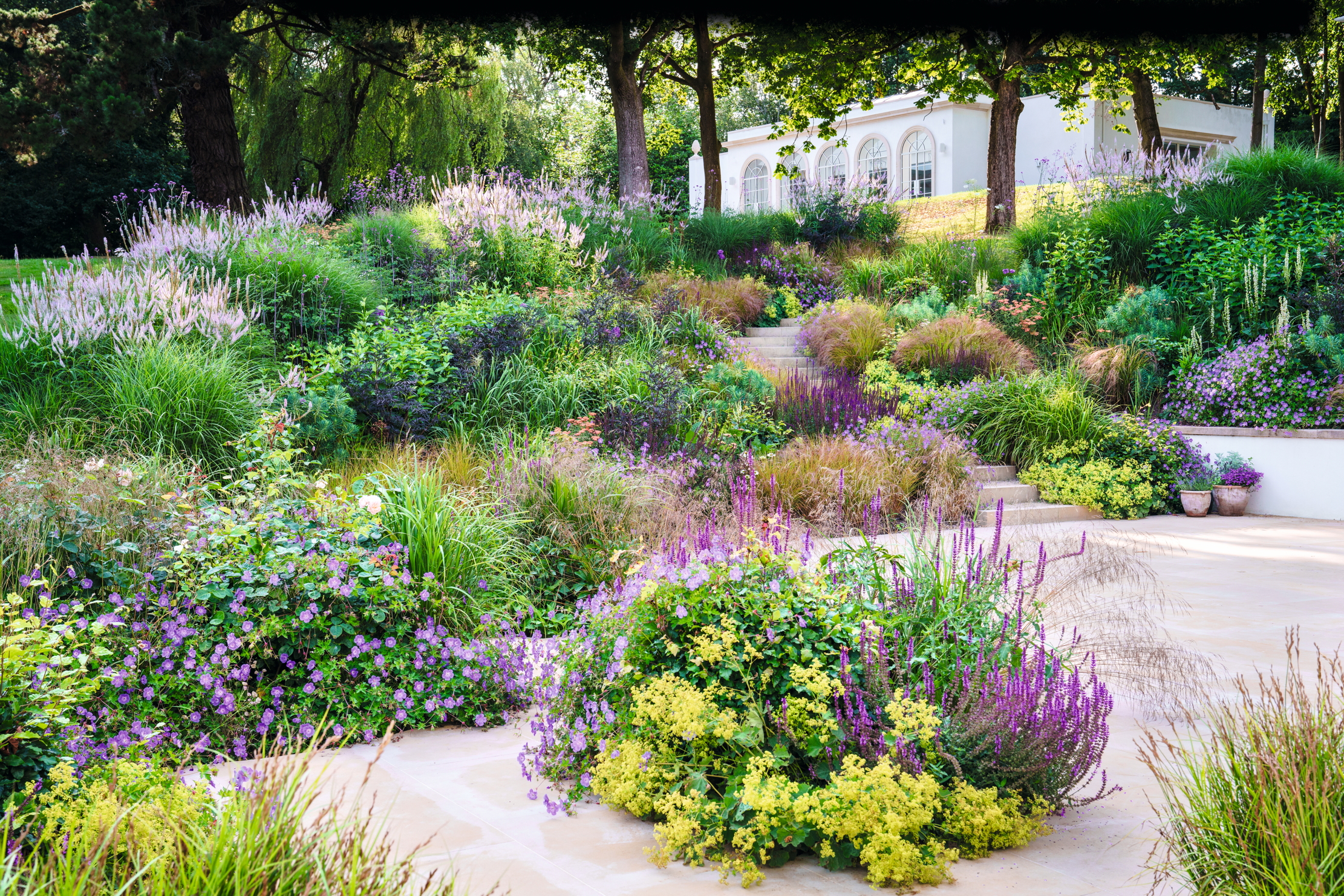
At a home designed by the architect of the Royal Botanical Society, a new garden takes shape
Almost two centuries separate this Decimus Burton villa from its new contemporary garden and yet they suit each other perfectly.
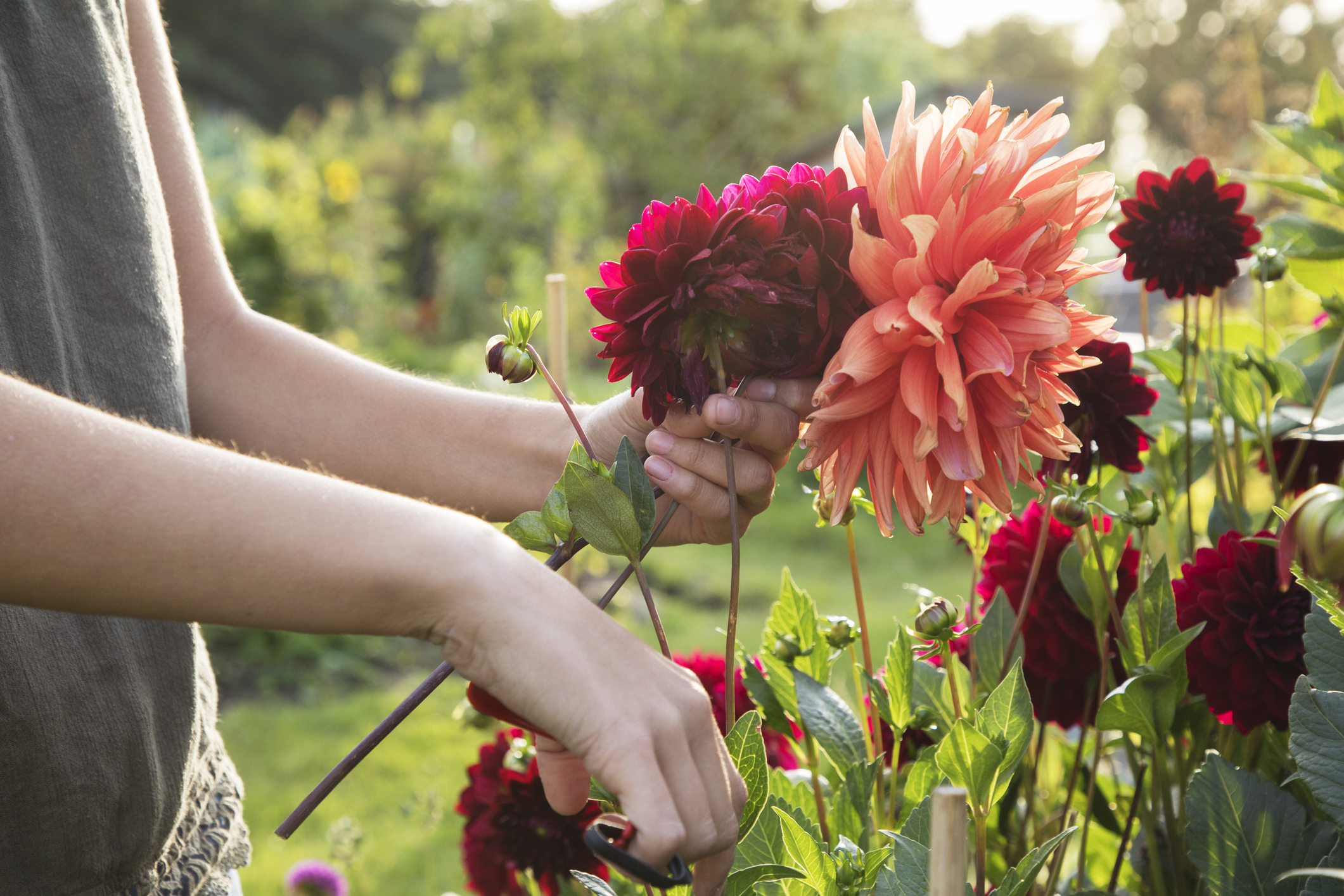
The case of the disappearing dahlias
John Hoyland of the gardens at Glyndebourne on how to plug the gaps of those flowers that didn't make it
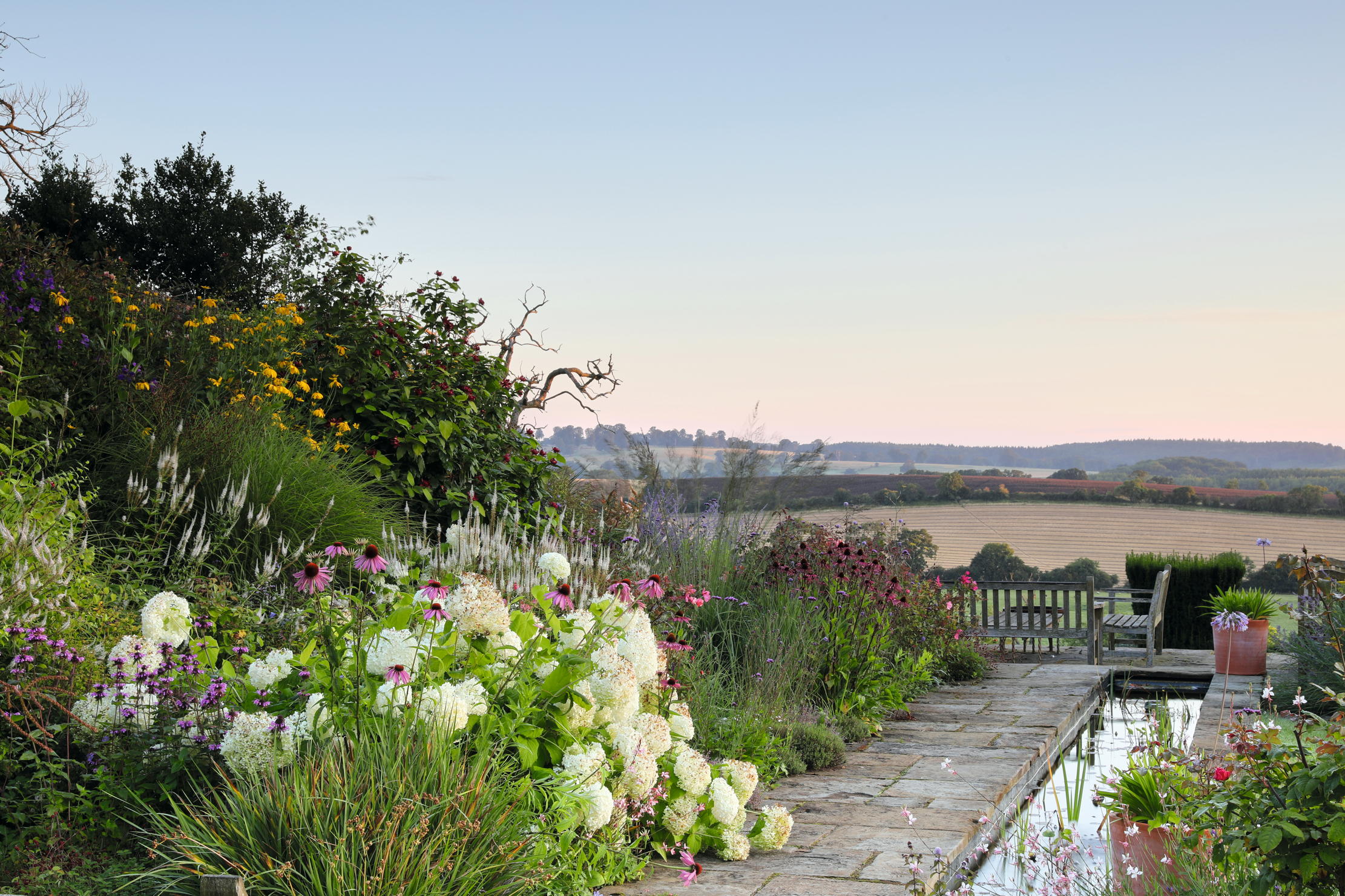
The garden at the Old Rectory, Preston Capes: Happily ever after
Reinstating the view was central to the remaking of the garden at the Old Rectory at Preston Capes, Northamptonshire. Tiffany
